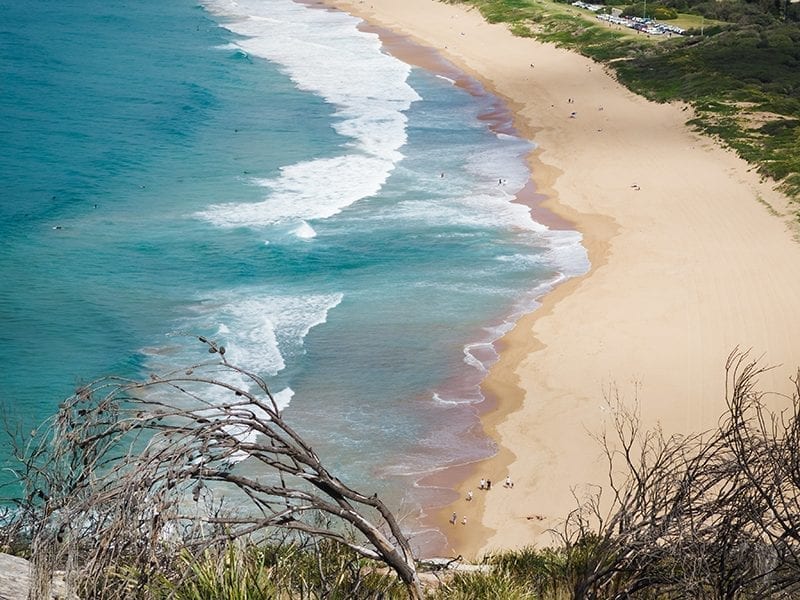The beach is a great vacation destination with tons of fun activities. Whether you enjoy swimming in the ocean, partying it up or just laying under an umbrella with a cold Mai Thai and a book there are some life skills that you need to know about the ocean. The ocean poses a multitude of challenges for swimmers and recreational splashers alike. There are currents that can drag you out, there’s nowhere to take a rest and worst of all the unknown that can play tricks on your mind.
I’ve spent many years in, on and around the ocean. For 14 years I was a Rescue Swimmer in the Navy and moonlighted as a lifeguard for pools and beaches. In all those years I’ve seen many people get caught in different currents and open ocean situations that have been difficult to manage.
If you spend enough time at the beach you will surely encounter a rip current. So here comes some info to help you and the people around you stay safe and have a fun time at the beach.
What is a Rip Current?
Rip currents are a rush of ocean water moving away from the shoreline generally caused by a low or broken area of the sandbar offshore. The rip currents tend to be 25 meters wide and typically take the rush of water slightly offshore to a point of panic for swimmers but it’s doubtful you’ll drift away and look like Tom Hanks in Castaway.
How to identify a Rip Current?
There are a few things to look out for when identifying a rip current. The first things to look for are breaks in the seafoam, change in ocean color or an area where wave patterns are different than the surrounding area when you’re looking out over the ocean. Another clue of a rip current is a noticeable flow of debris, seaweed or seafoam toward the ocean.
How can I keep myself safe at the beach?
- Read posted signs and flags. Most beaches have signs and flags to give you an idea of the ocean state for the day.
- Swim in front of Lifeguards. The prerequisite to being a lifeguard at the beach is extremely high and there is a lot of training that they go through to be able to keep the beach safe and act in an emergency.
- If you see someone caught in a rip current do not go in after them. Flag down a lifeguard or call 911. Point at the person with your finger and maintain contact. That will let everyone know where the person is in the water.
- Take the time to become proficient at swimming. There are a lot of options when it comes to swimming lessons or if you just need a refresher hop in a local pool.
- Alcohol and swimming do not mix. Keep a member of your beach party sober and if you’ve had alcohol stay out of the water.
What do I do if I’m stuck in a Rip Current?
- Do Not Panic! I can not stress the importance of staying calm enough. The difference in surviving intense situations can often be increased by not panicking.
- Swim parallel to the shore. This is probably the most common recommendation as it will get you to the edge of a rip current and then allow you to swim safely into shore. Use whatever swim stroke you are most comfortable with and remember it’s not a race this may be a long swim and that’s ok. You can make it back to shore.
- When your swimming in open water take time to look up and see where you are. It is easy to get disoriented and you could end up swimming further out to sea then necessary. I recommend looking up every 5-10 swim strokes you take.
- If you get tired, tread water or roll over onto your back and float. Running completely out of energy is not an option this is a fight for your life.
There you have it my recommendations for rip currents at the beach. Do you have a personal story from the beach? Leave a comment below. Who knows, maybe it’ll be your story that saves someone’s life!


